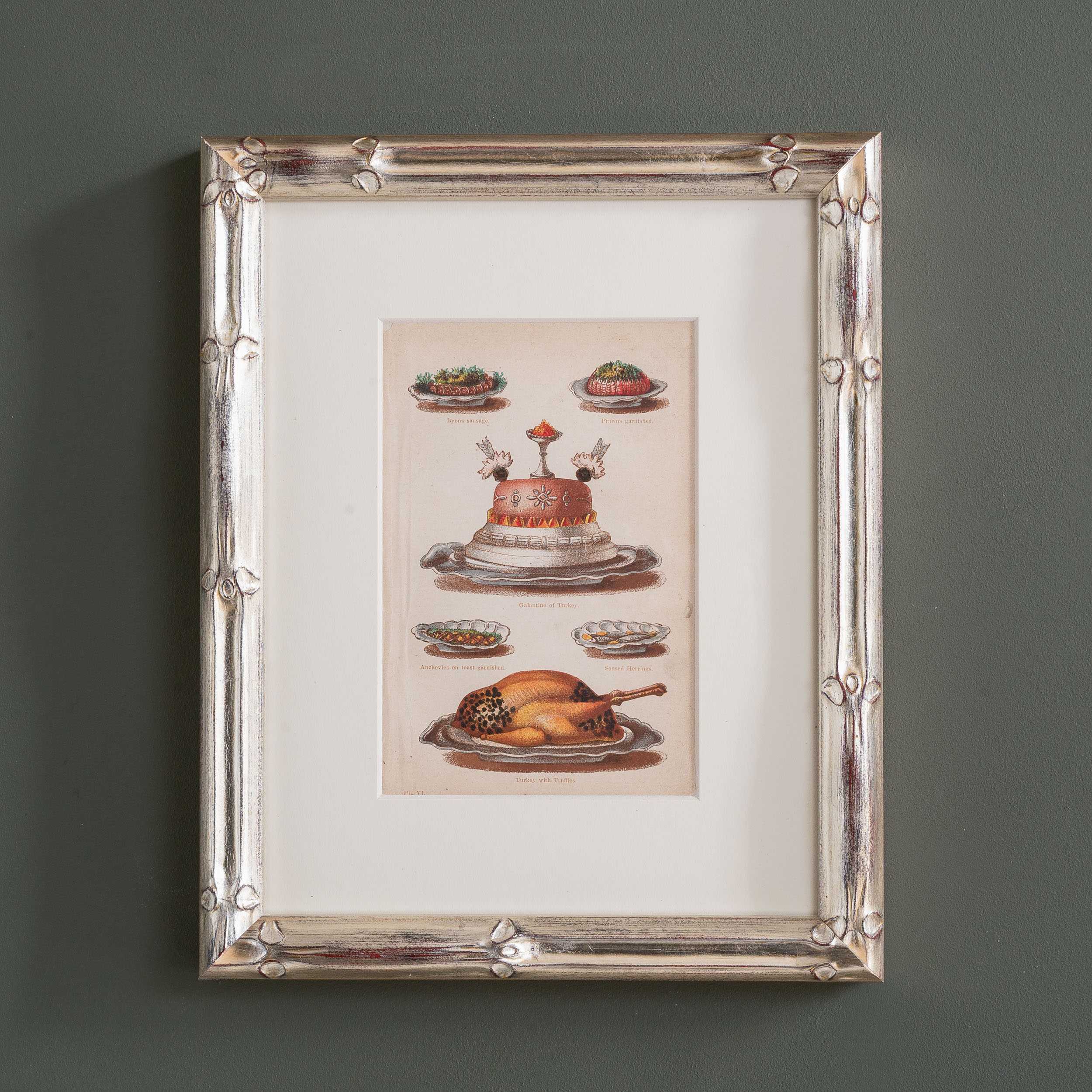Mrs Beeton, original chromolithographs
Chromolithograph printed c1879
Isabella Mary Beeton was an English journalist, editor and writer. In 1859 with her husband, Mrs Beeton launched a series of 48-page monthly supplements to The Englishwoman's Domestic Magazine; the 24 instalments were published in one volume as Mrs Beeton's Book of Household Management.
£195 each
In stock
Framed in silver bamboo with cream mounts.

